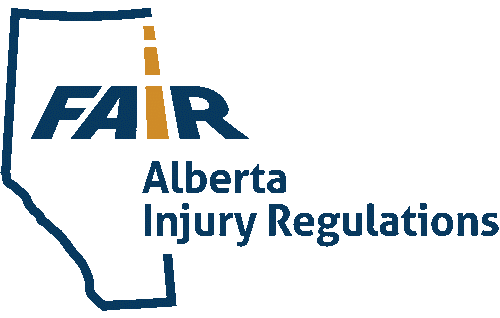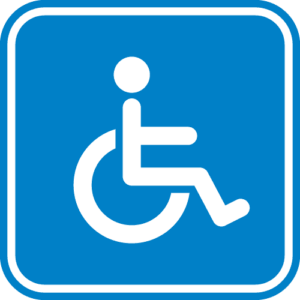Updated October 22, 2024
Definition
No-fault insurance is a system of insurance whereby each party is entitled to compensation through their own insurer. No-fault insurance removes one’s ability to sue the party responsible for personal injury. In contrast, the traditional tort based system allows you to sue the person(s) at fault for your personal injury. A tort is a civil wrongdoing (other than a breach of contract) which permits the victim to compensation in the form of damages which are in large part monetary and paid for by the wrongdoer. In a traditional tort based insurance system (a fault-based model), if you purchase liability insurance and cause injury to someone (meaning you are the wrongdoer), your insurer is obligated to pay for those damages covered by your insurance policy up to a certain specified amount. In a traditional tort based insurance system (a fault-based model), the victim sues the person(s) at fault for damages and the at fault person(s) insurer pays for those damages subject to various contractual terms iterated in the insurance policy.
In a system of No-fault insurance, a victim who is not at fault for civil wrongdoing forfeits a legal right (partially or completely) to compensation from the at fault party. In Alberta, the Minor Injury Regulation caps a person’s damages for “minor” soft tissue injuries. In Alberta, the Fatal Accidents Act disentitles the deceased’s estate to sue for the deceased’s future loss of income. The Act defines the types of damages, the amounts, and the persons entitled to sue for damages. Other Canadian provinces have caps, thresholds, and deductibles in various forms. A threshold is a monetary amount the claim must be worth in order to sue. A deductible is a monetary amount subtracted from a claim for damages. The purpose of a cap, threshold or deductible is to provide a disincentive to bring a lawsuit.
How Does No-Fault Insurance Work for Automobile Accidents?
One of the basic tenets of society is that a person must be responsible for the consequences of their actions. A no-fault insurance system is at odds with this basic tenet. In a no-fault insurance system, good drivers subsidize bad drivers. Other than a premium increase for the at fault driver, the at fault driver is not deterred from wrongful conduct. Premiums of innocent victims will likely also increase even though they may have a perfect driving record. If you live in a province with a No-fault auto-insurance system, the at fault person has insurance to compensate for losses suffered in a vehicle collision. No-fault insurance pays for your injuries and damages, even if you were at fault for the collision. If you were the innocent victim, you cannot bring a lawsuit against the at fault person(s). The right to do so is forfeited in exchange for “benefits” provided by your insurer. These benefits are usually in the form of medical treatment, and temporary wage loss and are intended to substitute for heads of damages you would otherwise be entitled to in a fault-based system.
Fault vs. No-Fault Insurance – Who Is In Control?
A fault based insurance system puts the control of your claim in your hands, your lawyers hands, and the medical system. It allows you to obtain fair compensation which is negotiated by your lawyer or determined by a Court. A no-fault based system puts the control of your claim in the hands of an insurance company motivated by profits. A no-fault system also disentitles you to sue for general damages. In a no-fault System, administrators, physicians, treatment providers, and experts hired by the insurance company determine whether you are capable of returning to work, your Cost of Future Care, the permanency of your disability, the severity of your injury, and all of the compensation that stems from therefrom. The most comparable system is Worker’s Compensation. The Workers Compensation Board (WCB) is the sole decision maker, although the WCB allows various stages of Appeal which are expensive if you want to level the playing field, for example, by hiring your own experts and paying up front for your lawyer. If you have a fault based system, you will easily be able to hire a lawyer that works on a contingency fee basis. This means that you pay the lawyer nothing up front until a settlement or judgment is reached. In other words, a fault based system allows you to retain a lawyer at no up-front cost to level the playing field and obtain fair compensation for you against the well-heeled insurance company (see How Injury Lawyers Use Experts to Build a Personal Injury Case to understand the importance of having an injury lawyer represent you). This is critical for those with very serious injuries such as chronic pain, brain injury, paraplegia, or quadriplegia.
What Is Happening In Alberta With No-Fault Insurance?
The Alberta government is considering changes to auto insurance. The changes may include full no-fault Insurance (WCB style) or some sort of hybrid insurance system which will restrict the rights of Albertans to seek FAIR compensation for personal injury. Joseph A. Nagy Injury Law opposes the introduction of any further cap, threshold, deductible, or no-fault system that will eliminate the rights of innocent victims to obtain FAIR compensation or further erode those rights.
What Can I Do to Support FAIR Compensation for Injury Victims?
Fair Alberta Injury Regulations (FAIR) is a coalition of Albertans made up of consumers, medical professionals, injured Albertans and members of the legal community dedicated to defending the rights of injured victims of motor vehicle accidents. FAIR works to ensure that the laws applying to injury victims are fair, that auto insurance companies are accountable to the premium paying public, and that individual Albertans receive fair compensation and appropriate treatment options for their injuries. To find out what’s happening and what you can do, go to their website at www.fairab.ca. If you wish to donate to help fight Alberta auto insurance reform, please donate to the Alberta Civil Trial Lawyers Association.








